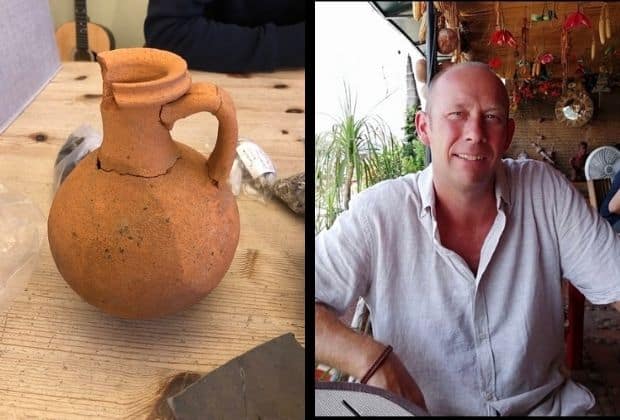
When Broadstairs heating and plumbing engineer Dave Pratt dug up his front garden last June to install a new water main the last thing he expected to find was evidence of a Roman grave.
Dave, 50, says he was “digging away” with pal Dave Fox when he uncovered a red, terracotta pot.
He said: “I thought it was strange. I looked down and there was a hole in the ground and there was a flagon.
“I excavated out the flagon and next to that there was a broken pot and inside that there were bits of bones.”
The find was taken away by a team of archaeology students and experts under the guidance of Paul Bennett who is an occasional lecturer at the University of Kent and a visiting Professor at Canterbury Christ Church University, Centre for Kent History and Heritage.
Now Dave and wife Katie have received a report from the team which reveals the find was a Roman cremation burial dated 1st – 2nd Century A.D. of most likely a woman aged between 20 and 35
There were three ceramic vessels associated with the cremation – a small, imported beaker of the Roman period, a Romano-British flagon and a large Romano-British jar, which contained the cremated bone.
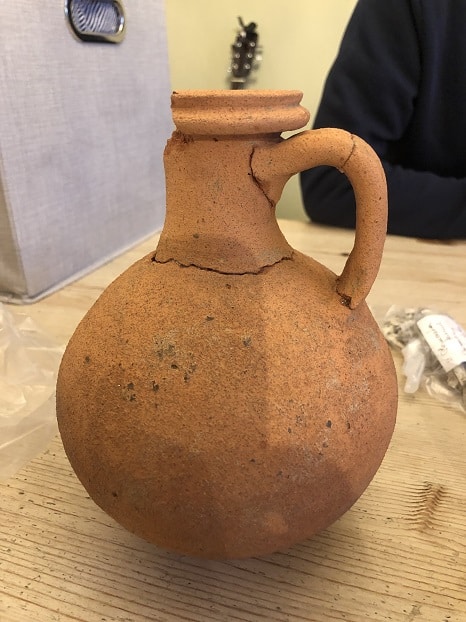
The report says: “The vessels, and subsequently the cremated remains, can be dated to late 1st to 2nd century AD. It is likely that all three pots originally had everyday domestic functions and were later chosen for burial with the deceased.
“The flagon is almost complete and its features – the fabric, colour, vessel shape and size – suggest it was made in one of the kilns of Roman Canterbury, Durovernum Cantiacorum. These kilns produced a range of jars, dishes and flagons – everyday wares that would have been common in East Kent kitchens of the period. This small flagon may have held wine or perhaps oil. In this burial context, it is possible that it may have held some kind of sustenance for the deceased on their journey to the After Life.”
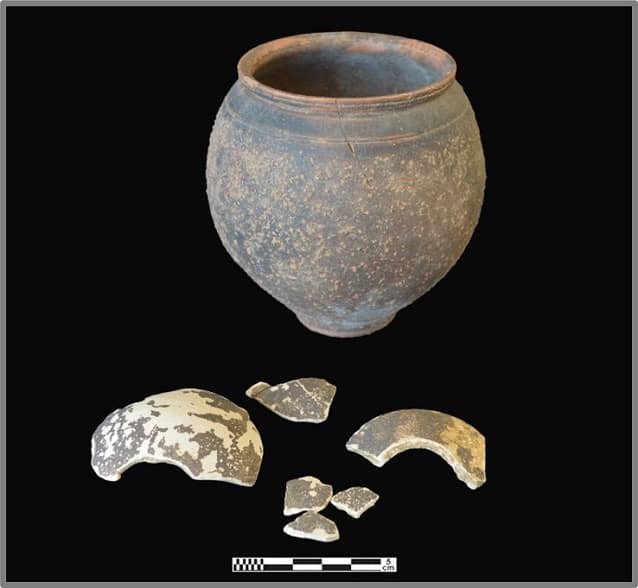
The imported beaker had features which the team say shows it was made in the Rhineland and is a type relatively uncommon among East Kent finds.
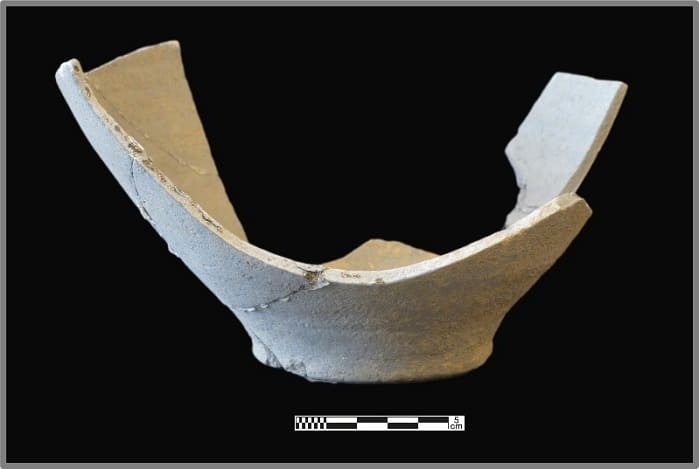
The team say the large cremation jar was probably once used for storing food in the kitchen (perhaps grains, pulses and the like) and it was later re-used as a cremation vessel. The features indicate that it is a product of a successful Romano-British potting industry in the Upchurch area of North Kent.
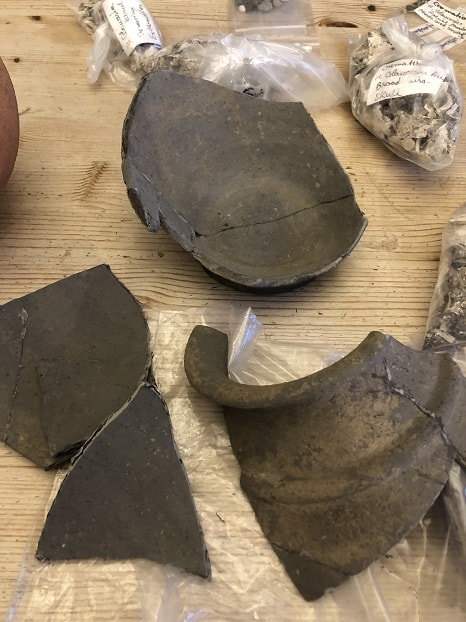
Dad-of-two Dave said: “It’s amazing that it is knocking on to 2,000 years old and was in my front garden! I was really excited and still am excited although it opens up questions about what it was doing there and who it was. I’m not aware of any other Roman finds in Broadstairs.”
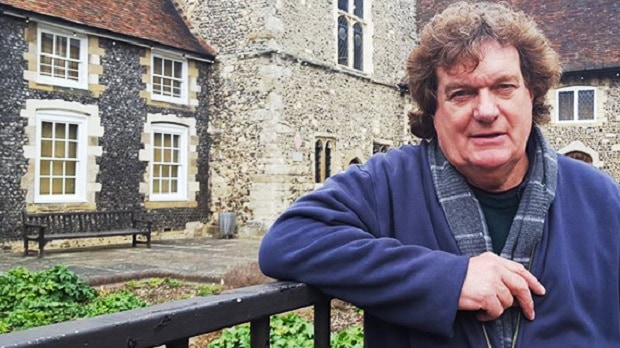
Paul Bennett says although Roman cremation burials are not unusual they would normally be expected to form part of a cemetery.
He added: “As there are no reports of other burials in the area and certainly none associated with the modern estate, this may have been a single burial or at most a small group, perhaps associated with a nearby Roman period dwelling or farmstead.
“It is the most common form of burial in the first and second centuries AD, but it is nevertheless a complex ritual involving the building of a funeral pyre, the burning of the individual, the collection of burnt bones, placing them in a locally made coarse ware jar, and the formal burial of the cremation urn, in this case with an accompanying coarse ware flagon (also locally made) and a smaller decorated pot, possibly an import.
“The flagon no doubt contained wine or an alcoholic liquor; the smaller vessel filled with a foodstuff or a sweet-smelling unguent. The ritual may well have been carried out by local priests or undertakers, commissioned by the family to perform the ceremony, perhaps over a number of days, but no doubt with the mourning family closely involved with the various stages of the ritual.”
Dave has now had the finds returned to him and says he may explore whether they could go on display somewhere so others can share in his historical find.

